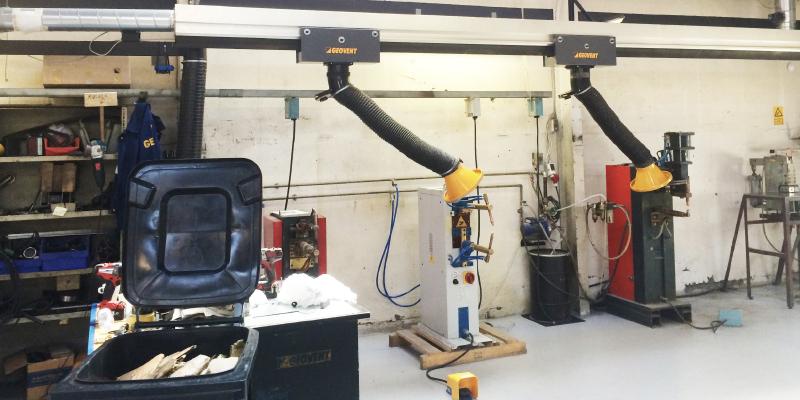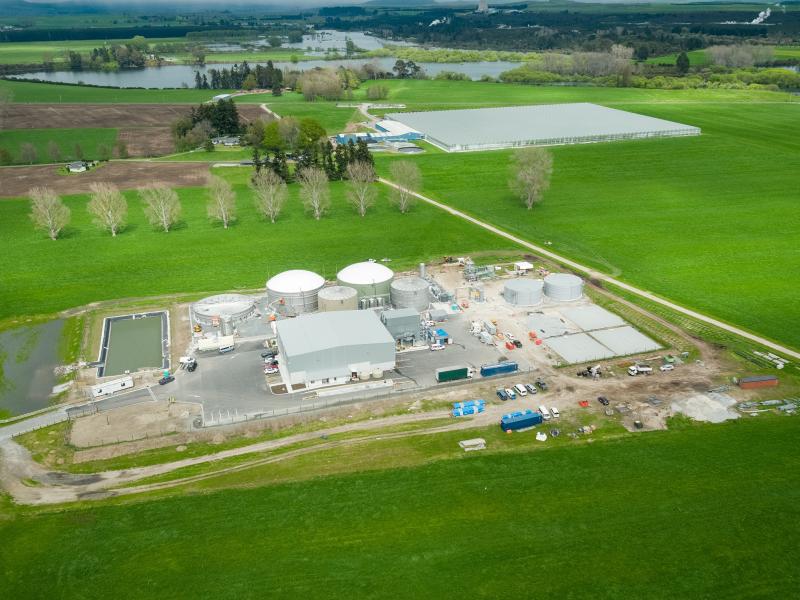It is important that welders use appropriate PPE for their own protection, however the dangerous fumes should be still removed from the workshop - to protect other staff.
It is almost impossible to know how to protect welders from harm as the fumes and gases can be made up of myriad toxins, from the mixture of metallic oxides, fluorides, and silicates to the paint, rust inhibitors, solvents, and other coatings on the welded metal.
The danger and amount of exposure to the welders depends on the type of work being done, the rod, filler metals, base metals, coatings, contaminants, as well as the amount of ventilation and respiration protection.
The importance of removing these fumes as well as use of PPE cannot be overstated, because sometimes wearing just a mask, or welding helmet is not enough. A mask may protect the welder carrying out the process, however business owners need to be sure that the escaping pollutants are not free to drift off to other areas, affect workshop colleagues, office staff and even neighbours in the next building, who are nothing to do with the original weld task, and do not have the PPE.
So how do you effectively get rid of fumes from welding?
There are three basic ways, and which solution you choose depends upon the amount, and location, of the welding you’re doing.
• Fixed bench work
If you are performing most welding work on a bench, you can fit an extraction fume arm onto a nearby wall or beam or install a post for it to swing from. A fume extraction fan can be mounted directly to the fume arm and ducted out into the atmosphere via the roof or out of the wall and then up above the roof line. If this exit is chosen, the exhaust height must be sufficient to allow the wind to disperse the fumes, reducing the concentration before they fall to ground level again and are breathed in by your neighbour’s staff.
You might prefer an all-in-one welding bench. With built-in fume extraction from the top via a fume arm, the bench uses its own built-in fan to also produce downdraft extraction. Welding benches which include a filter, have an added advantage; the extracted air is safely returned to the factory space.
• Mobile Fume Extractors
Working in different areas of the workshop? An all-in-one unit that can be moved to where required, or wheeled out of the way to make space in the workshop, can also include pulse cleaning as an option.
Ideal for low volume welding, these units with a fume arm mounted onto the top extract the fumes up the arm and into the filter unit, passing a metal mesh pre-filter screen to capture any large hot particles, then into a second filter which removes the dangerous chemicals in the air, making the air safe to be returned to the production area. Mobiles are competitively priced and flexible: single phase 230V or 3 phase models are available.
For a better solution for welding and grinding, mobile welding extractors with pulsed compressed air cleaning are a step up from fume mobiles. Using a fume arm to capture the fumes, the welding fumes enter a chamber where heavy particles and metal fragments drop out into a collecting tray, then pass through a metal mesh screen into the second large chamber where (due to the now lower air flow) even more particles are dropped into a second collection tray. The remaining air travels upwards and through a filter cartridge suspended from the roof of the unit to the atmosphere. The cartridge can then be cleaned by means of compressed air pulses, blasting the dust down into the collecting tray. These units are ideal in busy workshops with welders operating constantly, including grinding.
• Fume Booms
Booms, with a fume arm mounted onto the end, allow you to swing extraction from the side walls and then swing it out of the way again as required. Booms are normally 1-5 metres long and have a fume arm of two, three or four metres reach onto the end.
A fan - generally 1.1 or 2.2 kW to provide good suction levels - provides the perfect solution; good reach and flexibility of positioning. Two boom/arm combinations on each side of a factory can cover 16 metres of workspace, ideal if you are building large frames or truck bodies.
Geoff Ebdon from NZDUCT+FLEX says the company has a solution for every workshop scenario. “Our solutions are excellent value for money; both our European suppliers manufacture products developed over decades that are robust and fit for purpose. All items are available in stock for immediate delivery. The various solutions described above range from NZD2000 for a simple fume arm and fan combination to NZD10,000 for a fully installed extraction system with filtration. Business owners and factory managers should consider everyone who might be affected by dangerous welding pollutants, known to have progressively cumulative effects, which may cause health issues for years after the employee has left the workplace.”
Details Ph: 0508 69 38 28; www.nzduct.co.nz






